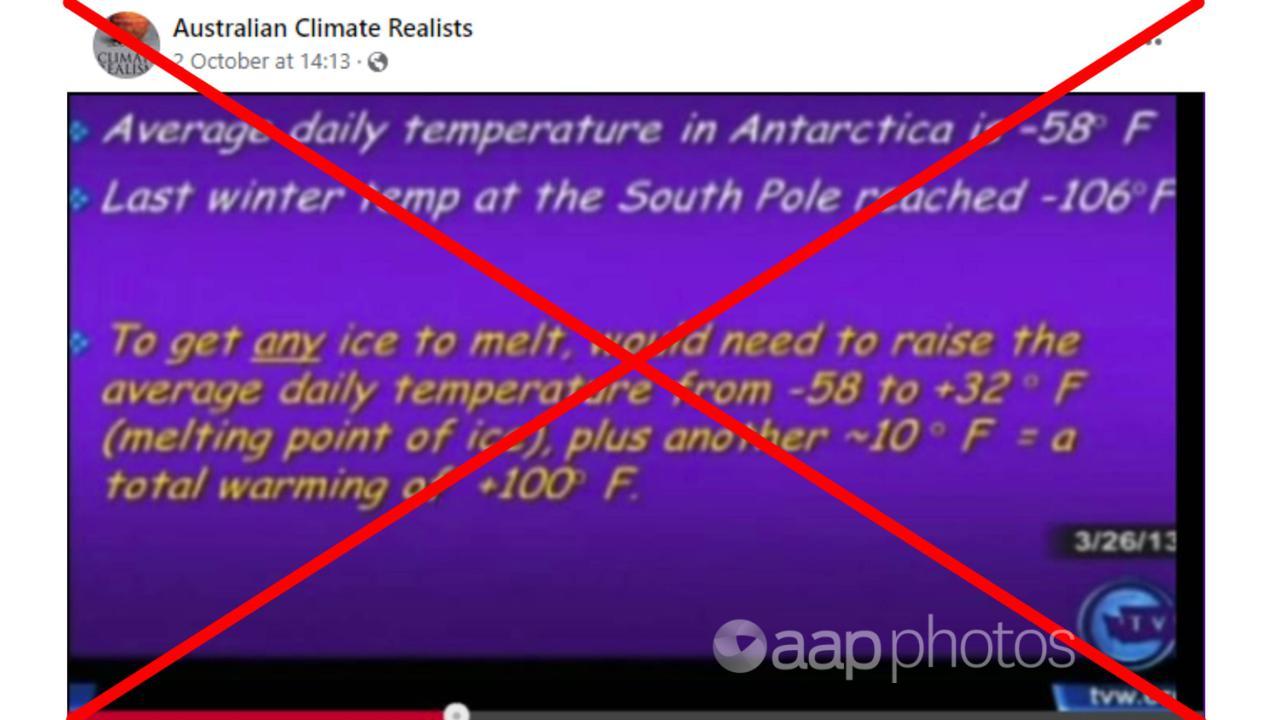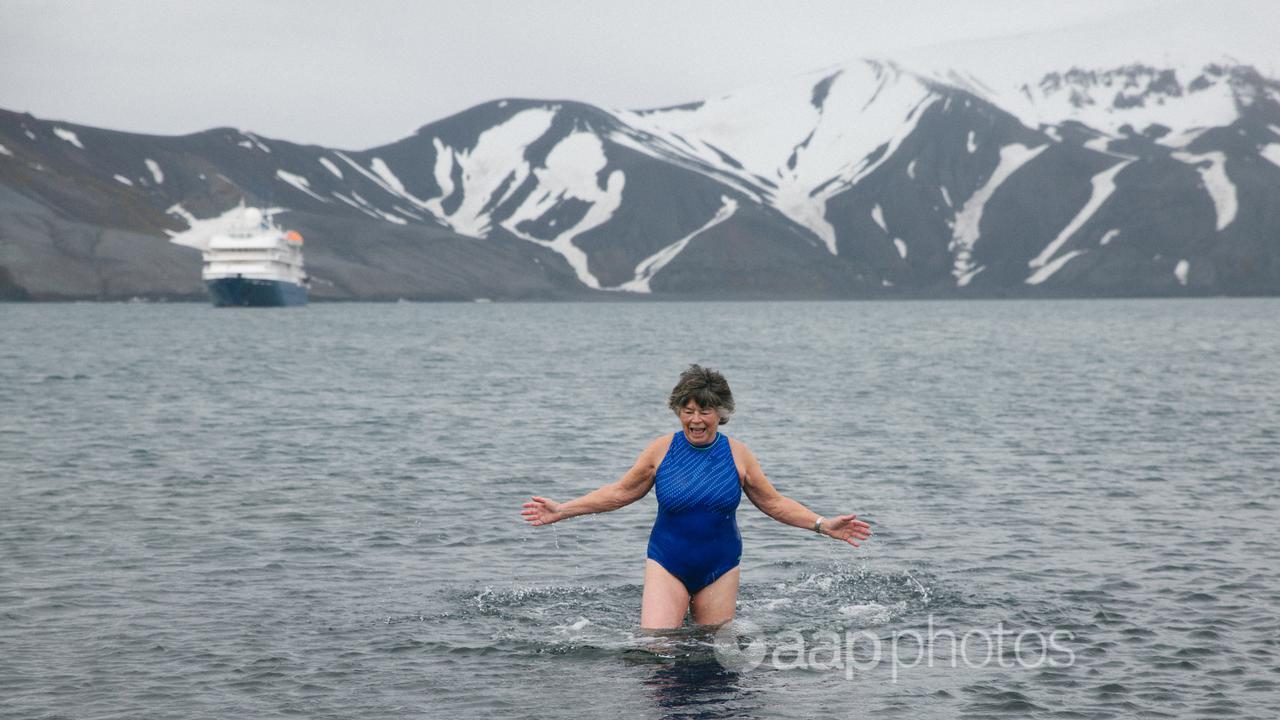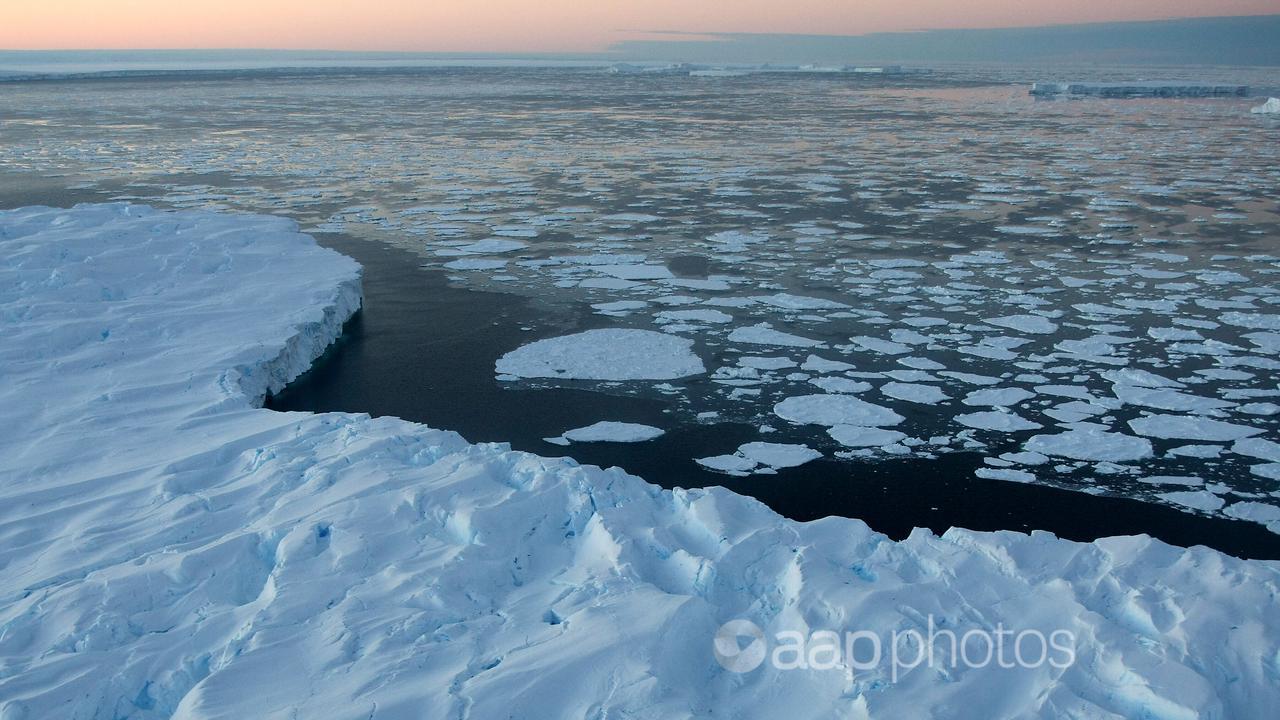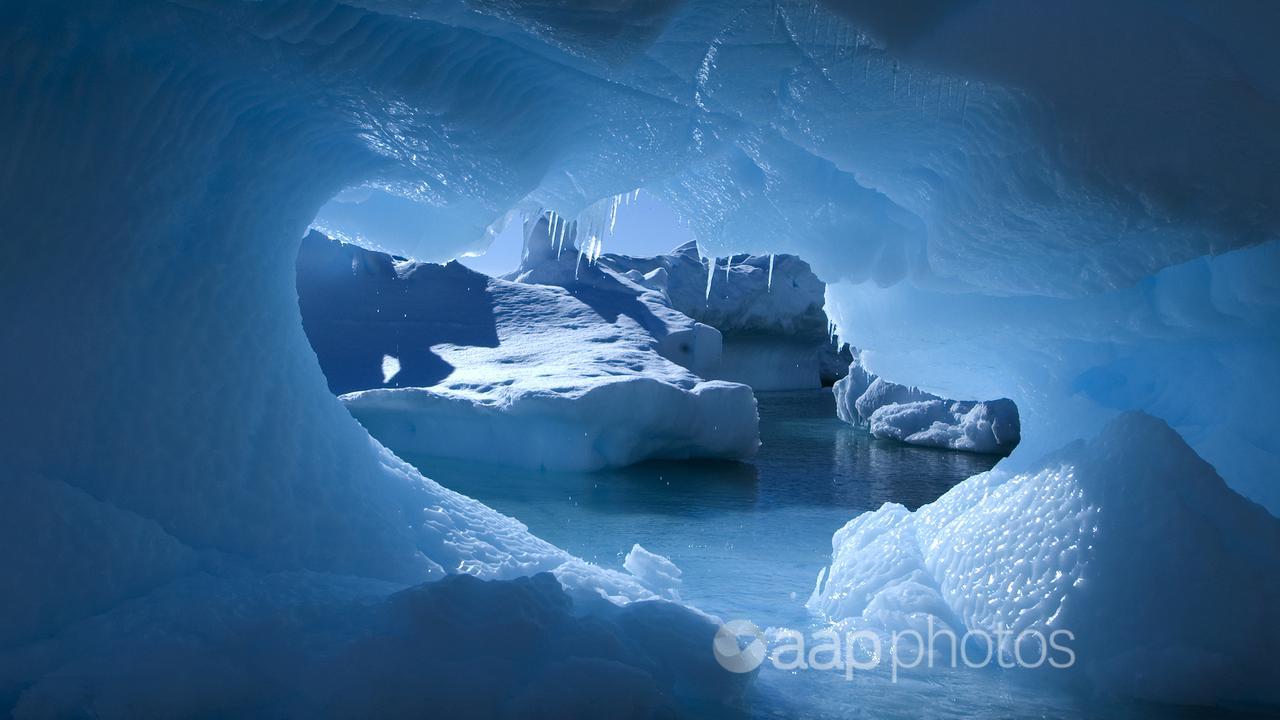A Facebook post says ice can’t melt in Antarctica because the average daily air temperature remains well below the melting point of 32 degrees Fahrenheit (0 degrees Celsius).
The post (screenshot here) on an Australian group’s page also claims that for “any ice to melt” the average daily temperature would need to rise by more than 100F (about 37.8C).
The claims are false. Experts told AAP FactCheck the vast southern continent’s average air temperature is a poor indicator for ice melts as summer temperatures in some regions can be above 10C. Additionally coastal water temperatures play a greater role in ice loss.

AAP FactCheck has previously debunked the idea Antarctica is not losing ice.
Additionally, the suggestion extreme cold temperatures in Antarctica somehow disprove climate change or show warming is not taking place has been debunked by AAP FactCheck and others (see here, here and here).
Experts say it’s pointless to use average air temperature as an indicator for ice melts, as the temperature in one area of the continent is no indication of what’s occurring in other areas. The continent is already losing billions of tons of ice mass each year.
Dr Kyle Clem, a lecturer in climate science at Victoria University of Wellington, told AAP FactCheck that average temperature is not a useful metric when looking at the impact of climate change on Antarctica.
“Temperature varies hugely across Antarctica and the ‘average’ is a very misleading number,” Dr Clem said in an email.
“Antarctica is nearly twice the size of Australia, ranging from latitudes of near 65°S to 90°S. That’s like saying the climate of Darwin is representative of Hobart. Or the climate of Miami, Florida is representative of Montreal, Canada.”
Dr Clem said broad measures of average temperature were particularly useless in Antarctica, due to the dramatic change in conditions between seasons.
“Continent-wide average is a pointless metric to describe total potential surface melt in Antarctica,” he said.
“Especially the annual-mean temperature, when you are dealing with a huge seasonal swing in temperature in Antarctica due to nearly continuous darkness during the winter and continuous insolation during the summer.”

While the average temperature for the entire continent is below freezing, there are many regions which reach temperatures above melting point.
The highest recorded temperature on the Antarctic continent was 18.3C in February 2020.
Coastal areas can often reach temperatures above 10C in summer, and are almost 50 degrees warmer on average than inland regions which experience extreme cold.
Despite the post’s claim average Antarctic temperatures would need to rise more than 37C for any melting to occur, air temperature is already causing melting in Antarctica, particularly during the hotter months.
Ted Scambos, senior research scientist at the Earth Science and Observation Center, says small temperature changes can have a significant impact.
“For air temperature, a rise of just 2C to 5C would be very significant, causing many coastal regions to begin to break up due to water-induced fracturing,” Dr Scambos told AAP FactCheck in an email.
“For ocean temperature, it is a question of the speed of the warmer current – no further rise is needed, the ice is already retreating at up to 150 billion tons per year.”
Dr Scambos says the post also misleads people by focusing solely on air temperature. While air temperature contributes to ice loss, the most significant melting occurs in the ocean.
“Air temperatures are only part of the problem for Antarctica,” he said.
“Warmer ocean conditions at depth are the main concern for the largest, thickest glaciers … This water can melt many tens of metres of ice away from the edge each year, again allowing the interior ice to flow out faster. This is the major concern now for sea level rise over the next several decades.”

Professor Chris Rapley, a climate science researcher at University College London, also confirmed that ice loss from ocean temperature was far more significant than surface melt caused by air temperature.
“Surface melt occurs above 0 degrees Celsius and the resulting melt pond can flow down through crevasses to the underside of the ice sheet where they can join a quite complex network of subglacial lakes and drainage, some of which reaches the sea,” Professor Rapley told AAP FactCheck in an email.
“But the main contribution of Antarctica to sea level rise comes from ice loss via coastal glaciers.”
The Verdict
The claim ice can’t melt in Antarctica because the average daily temperature is below melting point is false. Experts told AAP FactCheck average air temperature for an entire continent is a pointless measure for ice melts, with Antarctica losing billions of tons of ice each year.
Additionally the most significant melting occurs in the ocean because of water temperatures.
False – The claim is inaccurate.
* AAP FactCheck is an accredited member of the International Fact-Checking Network. To keep up with our latest fact checks, follow us on Facebook, Twitter and Instagram.
All information, text and images included on the AAP Websites is for personal use only and may not be re-written, copied, re-sold or re-distributed, framed, linked, shared onto social media or otherwise used whether for compensation of any kind or not, unless you have the prior written permission of AAP. For more information, please refer to our standard terms and conditions.


















